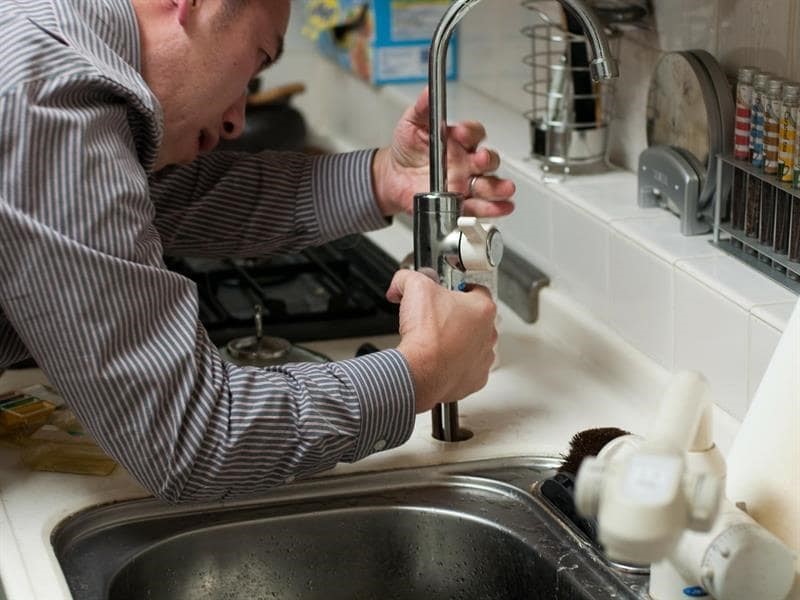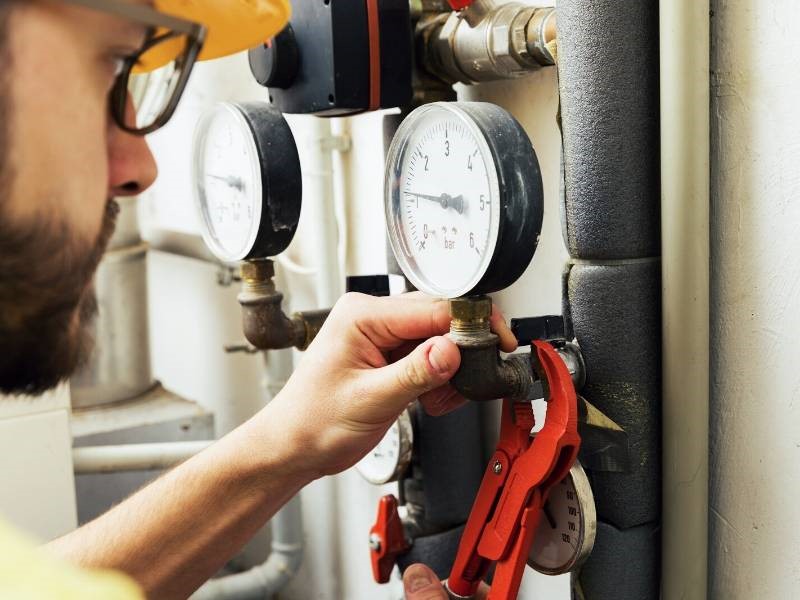When you are mounting a swimming pool pump one of the most essential points that gets forgotten is the elevation of the pump in relation to the water in the swimming pool. Specifically it is necessary to take into consideration if you must install valves on the suction lines or if hands-on valves will be adequate.
If your pump is mounted at an elevation less than the swimming pool water level then you will need to mount seclusion valves on the suction as well as return lines. The reasoning is that with your pump mounted less than the pool water level you will require to manually close these valves before opening the pump to clean the skimmer basket. If you have actually a pump set up listed below water and you open up the lid of the pump without shutting the suction as well as return shutoffs then the swimming pool will certainly start to drain out through the open pump.
On a pool pump setup where the pump altitude is higher than that of the water level in the swimming pool needs a different configuration. While hand-operated seclusion valves are not called for to avoid the swimming pool from draining out via the pump you might intend to take into consideration including check valves (one method valves) right into your system.
Visualize a situation where the power goes out in the middle of the evening. Your pump shuts off and all of the water that was in the plumbing lines leading up to the pump drainpipe back to the pool. In an excellent sense when the pump turns back on it can frequently reclaim the prime by itself by attracting water up via the pipeline from the pool to the pump. Nevertheless some pumps mounted with a bigger altitude lift, or pumps installed on systems with small leaks in the suction lines may have difficulty in priming without somebody manually adding a complete filter basket of water to the pump.

In this scenario is it rather possible for the pump to run i excess of 10-15 mins or longer as it has a hard time to prime. Needs to the pump be incapable to prime itself there will be nobody existing to discover this and transform the pump off prior to heat damages takes place. Running a pump without water (without prime) for anything greater than 10 to fifteen mins is likely to cause damages to the pump. Though there is a thermal separate in every electrical motor in case of getting too hot, this is more to protect the pump from starting ablaze than to protect it from warm damages.
Given that it will certainly not always be possible for you to be existing when there is a power failing to ensure the pump breaker gets shut off, the service is check shutoffs.
If a one way valve is mounted on the suction line and after that one more one on the return line to the pool after that when the water shuts off it will certainly not be possible for the water to leakage back down to the swimming pool. As long as you do not have any kind of leaks in your pipes system itself which would certainly jeopardize the ability for the check shutoffs to work, then having these valves in place ensures that your pump does not need to raise the water all the way from the pool and with the plumbing lines.
It is essential to keep in mind that check shutoffs to stand for a flow constraint comparable to exactly how sphere shutoff, gate shutoffs and plumbing installations are a circulation constraint. Do not place check valves (or any other shutoffs or installations) directly before the suction port on the pump as this can disturb the flow that the pump gets and also makes the pump work tougher than it is supposed to.
The guys in this link offer a wide variety of expert plumbing service. Some of the services offered include the unclogging of drains. For more information, please visit their page for more info.


